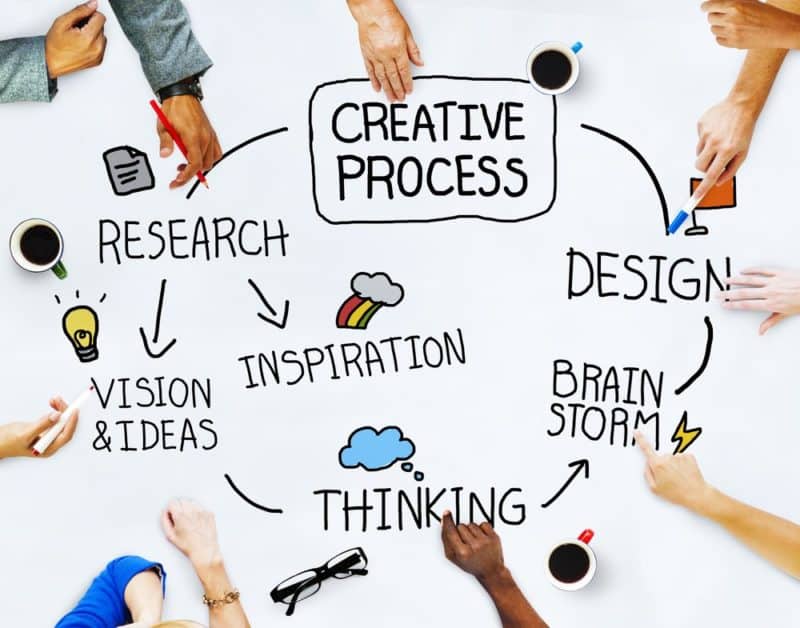Content marketers often focus exclusively on creating content for prospective customers and clients.
But we also shouldn’t forget about another key audience served by content marketing: prospective employees.
If you use content marketing as a recruiting tool, you will be able to hire more people to handle the growth without a scramble.
This is especially so if you are in an industry with where talent is highly competitive.
Establishing an employer brand and presenting it to the right people is the new age of Talent Acquisition strategy.
Human Resource Officers needs to increase their focus to creating longer-term relationships with the right candidates.
To do this, Talent Acquisition leaders will need strong marketing competencies and experience within the Talent Acquisition function.
Those who want to lead the future wave of Talent Acquisition have a lot of incentive to up their marketing chops.
Talent Acquisition teams lack Marketing skills
In order to create branded campaigns and effectively nurture longer-term relationships with the right talent, new skills need to enter the recruiting and talent acquisition department.
Skills related to branding, messaging, demand generation, content marketing, email marketing, lead nurturing, and social media comes to mind.
Unfortunately, until talent acquisition leaders build marketing competency within their teams, the process and results will remain disjointed with little chance to proactively meet the company’s talent needs and push them to the forefront of modern recruitment marketing.
So where do you start?
Cultivating Marketing Mind-set for Recruiters
Firstly, HR professionals now need to think like marketers in this new normal of recruiting.
Reactive recruiting, waiting until there’s a vacancy, puts companies at a disadvantage.
If a company have less time to engage with prospects and they are more likely to make a bad hire.
On the other hand, waiting too long to fill a position puts strain on other employees who must shoulder the workload, lowering morale and productivity.
Or, worse yet, the work simply does not get done and the company’s growth stagnates.
The most successful companies and recruiters have always approached recruitment with a marketing mind-set, actively seeking and promoting their brand.
What does a marketing mind-set mean?
Michael Wright, Head of Talent Acquisitions APAC, from GroupM shares with us his own guidelines on the marketing mind-set for recruiting.
- Know your customer. Understanding your target audience, maybe through persona development is absolute key. It’s not about you, it’s about them.
- Invest wisely. Relentless measurement of channel performance in delivering leads (resumes) and conversions (quality hires) is important. Knowing your conversion path is key (X resumes, X interviews, X offers, X hires) so you can be adaptive and change your hiring process to remove bottlenecks.
- Prioritize candidate experience. Treating all prospects and customers with dignity (even those who don’t buy or convert)
- Personalize every touchpoint. Make smart use of data and CRM tools so your profile information is consistent. From here, you can segment accurately and put the right message or content in front of the right person at the right time, building relationships, and communities, not “pools” and “lists”.
- Build brand awareness. Aggressively and always be building out top-of-funnel pipeline and reach. Monitor levels of engagement as a percentage of reach and look to be constantly building both.
- Know your competitors. Use social listening tools, Linkedin TBI (Talent Brand Index) and Glassdoor to benchmark against and track other companies bidding for the attention of the same talent pool.
Building your content strategy for Talent Acquisition
“Content is a key part of any successful recruiting strategy,” Michael said, “and even before content marketing was a thing – our advert copy for jobs was our ‘Content Marketing’”
So how do talent acquisition leaders do at business level to bring marketing competency in the talent acquisition function up to level? Michael also shared with us his advice on where to start:
- Start with the basics. Ask yourself, are your job descriptions reading like long wish-lists built by a droid with no consideration of the audience? Would you apply for this job?
- Evaluate the current situation. Don’t put out any content without doing and inventory of existing content assets and review the effectiveness of these for getting your EVP across to your target audience.
- Build content that aligns with your EVP and is authentically you. Tools like Canva and Picktochart are great for rapid development of visual on-brand assets.
- Partner with marketing. It’s a more enjoyable journey done as a team.
- Make sure the type of channel you’re intending to use is the one most often used by your target audience.
- Make sure your content assets are delivering some real value to the target audience (entertain, involve, inform) Employer Content not doing this well will simply not be shared.
- For bonus points, build a content calendar so that your delivery of content is rhythmic and structured.
- Measure everything Most social platforms deliver immediate feedback and great analytics so you’ll quickly know what’s working and what isn’t off the bat. Be adaptive and modify if needed.
The business world is now very aware of the importance of a talent and engaged workforce so now is the opportunity for talent acquisition leaders to step up to the game.
By strengthening the marketing skills of talent acquisition function, you have the power to influence your company.
Hear more from Michael Wright about creating a killer recruiting content strategy at New-Gen Recruiting Congress, 9 – 10 March 2016, Singapore Marriott Tang Plaza Hotel.




